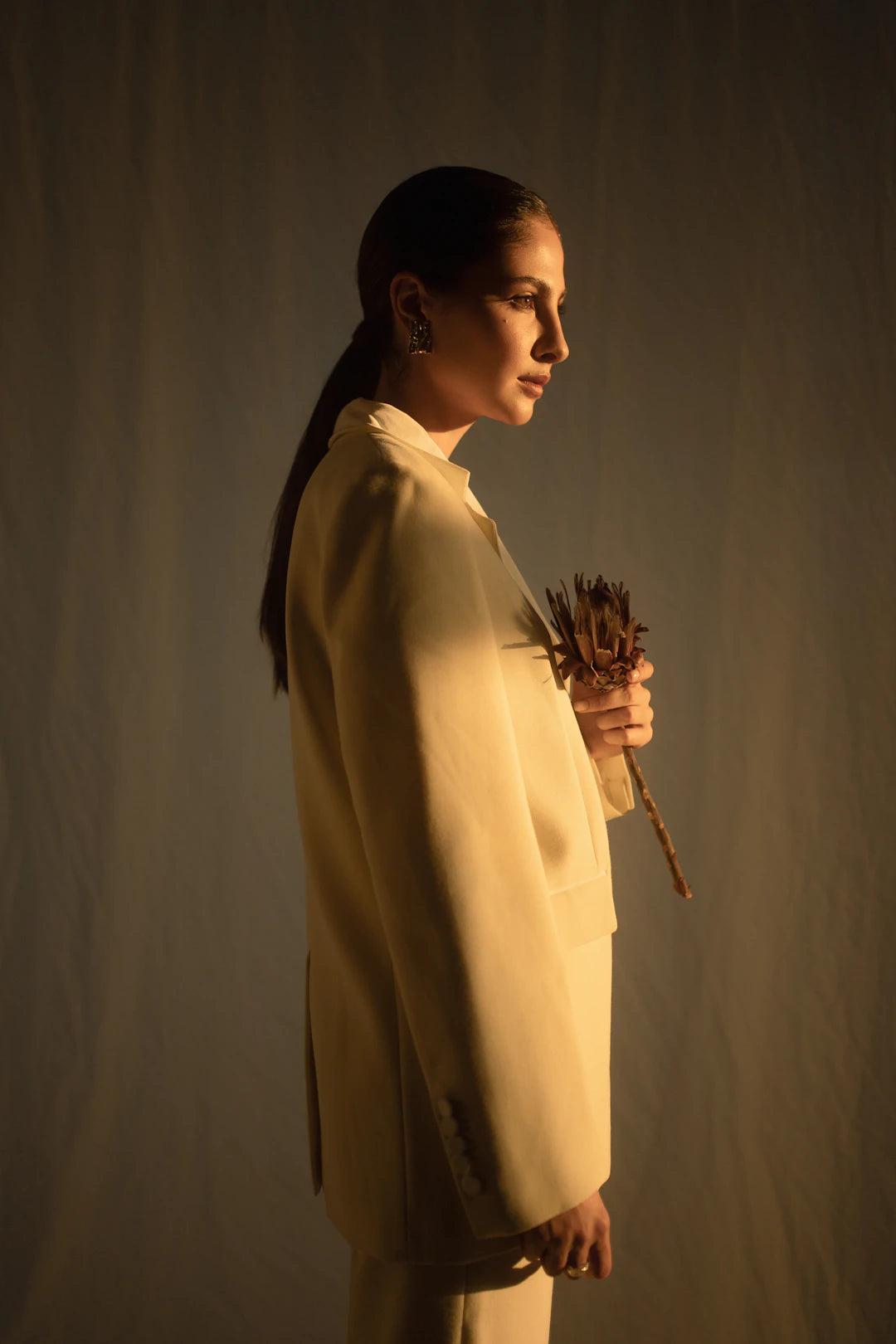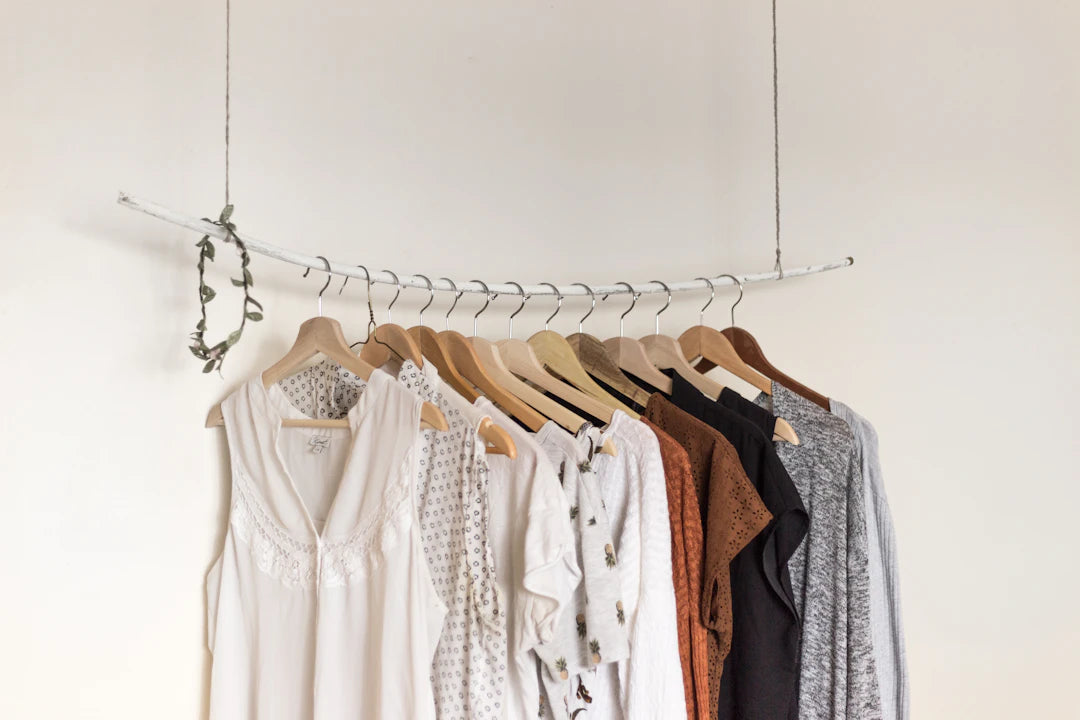Welcome to the transformative world of color! For fashion designers, mastering color theory is not just an artistic delight; it’s an essential skill that can elevate your designs from ordinary to extraordinary. In this blog post, we will explore how you can harness color theory within Procreate to create stunning fashion illustrations. Whether you are a seasoned designer or a novice exploring the basics, we’ll provide you with valuable Procreate tips for designers to maximize your creative potential.
Understanding Color Theory Basics
Before diving into Procreate, it’s crucial to grasp the fundamentals of color theory. This theoretical framework helps us understand how colors interact and affect our designs.
The Color Wheel
The color wheel is the cornerstone of color theory. It consists of primary, secondary, and tertiary colors:
- Primary Colors: Red, Blue, Yellow – these colors cannot be created by mixing other colors.
- Secondary Colors: Green, Orange, Purple – formed by mixing primary colors.
- Tertiary Colors: These are made by mixing primary and secondary colors.
Understanding the relationships on the color wheel, like complementary and analogous colors, will help you make better decisions in your fashion designs.
Color Harmony
Color harmony refers to the pleasing arrangement of colors. It can significantly enhance the visual appeal of your fashion sketches. Here are a few popular strategies:
- Complementary Colors: Opposite colors on the color wheel create vibrant contrasts.
- Analogous Colors: Colors next to each other offer a harmonious look.
- Triadic Colors: Using three colors evenly spaced around the color wheel creates balance and vibrancy.
By strategically applying these color combinations in your designs, you’ll create visually stunning illustrations that stand out in your portfolio.
Applying Color Theory in Procreate
Procreate is a powerful digital illustration tool that allows designers to explore their creativity with ease. Here are some practical steps and Procreate tips for designers to implement color theory in your creations:
Creating Custom Color Palettes
One of the first things you can do in Procreate is create a custom color palette based on your chosen color harmony. To do this:
- Open Procreate and create a new canvas.
- Tap on the color icon in the top right corner.
- Select "Palettes" and tap the "+" to create a new palette.
- Use the color wheel to choose your main color, and then add complementary and analogous colors to complete your palette.
Having a defined palette at your fingertips can save you time and improve the consistency of your designs.
Utilizing Color Dynamics
Procreate offers various settings to experiment with color dynamics. To access this feature:
- Select your brush and go to the "Brush Settings."
- Under "Stroke," enable Color Dynamics.
- Adjust settings such as "Hue," "Saturation," and "Brightness" to allow for more varied color application with each stroke.
This dynamic application of color can add depth and interest to your fashion sketches, making them come alive!
Real Use Cases of Color Theory in Fashion Design
Color theory is not just theoretical; it has real impacts in fashion design. Here are two use cases where color theory plays a crucial role:
Creating Seasonal Collections
Understanding the psychology of colors, especially when designing seasonal collections, can be a game-changer. For example:
- Spring: Soft pastels and bright colors evoke feelings of freshness and renewal.
- Summer: Bold and vibrant colors can bring energy and fun to your designs.
- Autumn: Warm earth tones resonate with a sense of coziness and stability.
- Winter: Deep jewel tones and neutrals create a sense of elegance and sophistication.
Utilizing the right color palettes for your seasonal collections will make your work more impactful and relevant, setting the mood for your customers.
Influencing Consumer Behavior
Colors evoke emotions and affect purchasing choices. Research shows:
- Red can increase excitement and passion.
- Blue instills trust and calmness.
- Green reflects health and tranquility.
- Purple exudes luxury and sophistication.
As a designer, consciously selecting colors based on their psychological impact can enhance your designs and marketability.
Procreate Tips for Enhancing Sketch Quality
Taking your illustration skills to the next level requires not just an understanding of color but also the refinement of your sketching techniques. Here are some tips to improve your sketch quality:
Brush Choices
Procreate offers a plethora of brushes, each providing different textures and effects. Experiment with:
- Soft Brushes: For delicate details and smooth transitions.
- Texture Brushes: To add depth and interest to fabrics.
- Sketching Brushes: Ideal for rough sketches, allowing more spontaneity.
Finding the right brush can greatly affect the quality of your sketches.
Utilizing Layers
Layers are one of the most powerful features in Procreate. Use them to your advantage:
- Separate components of your design on different layers (like clothing patterns, colors, and backgrounds).
- Take your sketches to the next level by reworking individual elements without disturbing the whole piece.
- Adjust layer opacity to create interesting overlays and blends.
This approach not only improves sketch quality but also allows for quicker adjustments.
Incorporating Textures and Patterns
Fashion sketches often benefit from texture and pattern applications. In Procreate:
- Import fabric textures or patterns you want to incorporate.
- Create a new layer above your sketch.
- Clip your texture layer to your design layer for that fabric-like effect.
This technique adds realism to your digital illustrations and helps communicate your design ideas effectively.
Getting Inspired: Ideas to Fuel Your Creativity
Inspiration is key for any designer. Here are several ways to keep your creative juices flowing:
- Follow Trends: Keep an eye on current fashion trends and color palettes in the industry.
- Visit Museums or Online Galleries: Gathering inspiration from art and fashion history can lead to fresh ideas.
- Join Design Communities: Engaging with fellow designers can provide new perspectives and feedback that enhance your work.
Remember, the journey of creative discovery is just as exciting as the final product!
The Final Touch: Perfecting Your Fashion Illustrations
As you start implementing color theory and the techniques discussed within this post, remember that growth takes time and practice. Celebrate your milestones, whether it’s creating your first vector models for designers or developing a unique color palette. Keep an open mind, and always be ready to experiment with your designs in Procreate. The intersection of technology with artistic expression not only elevates your craft but can propel your fashion career forward. So, don't hesitate—dive deep into the vibrant world of color, and let your imagination run wild!





Leave a comment
This site is protected by hCaptcha and the hCaptcha Privacy Policy and Terms of Service apply.